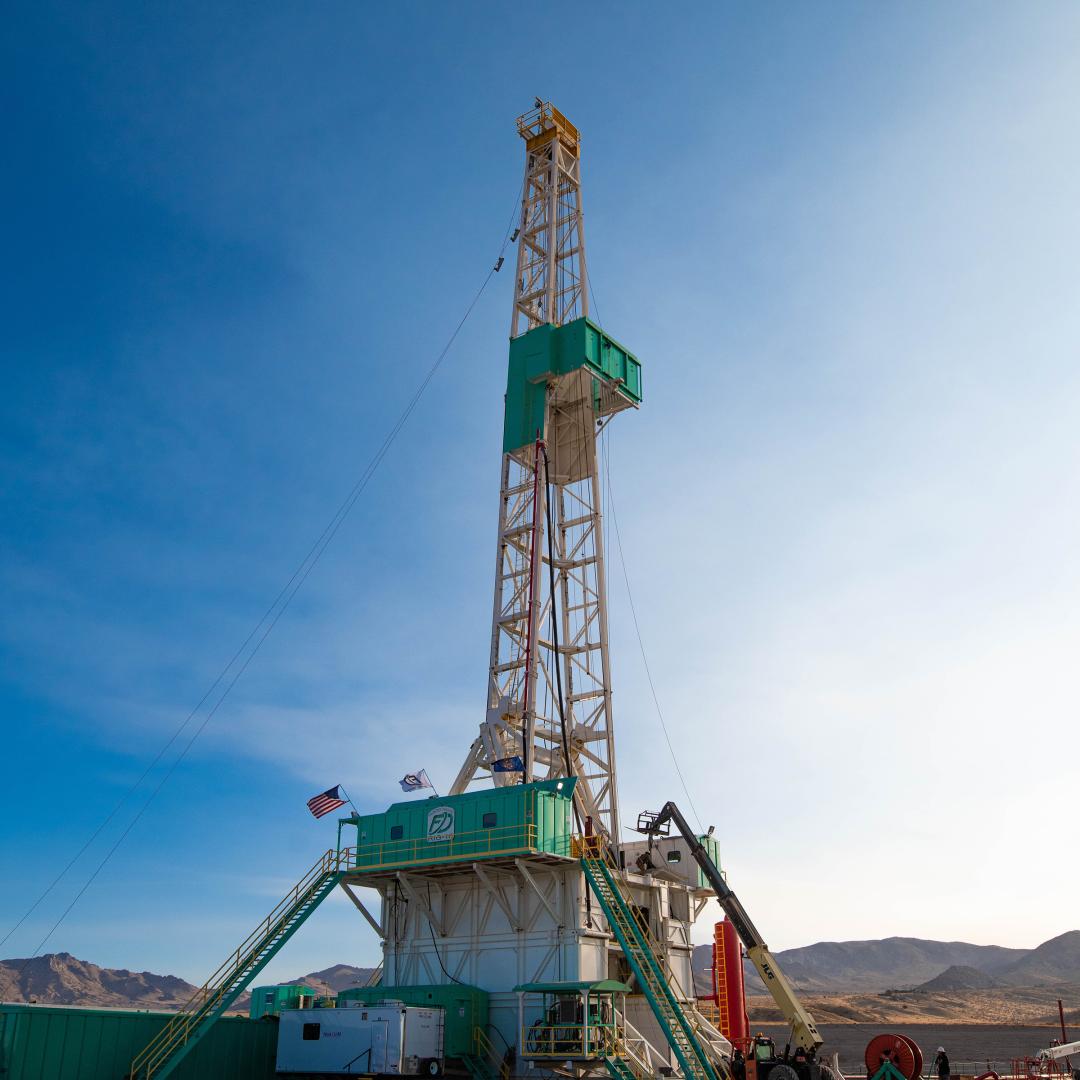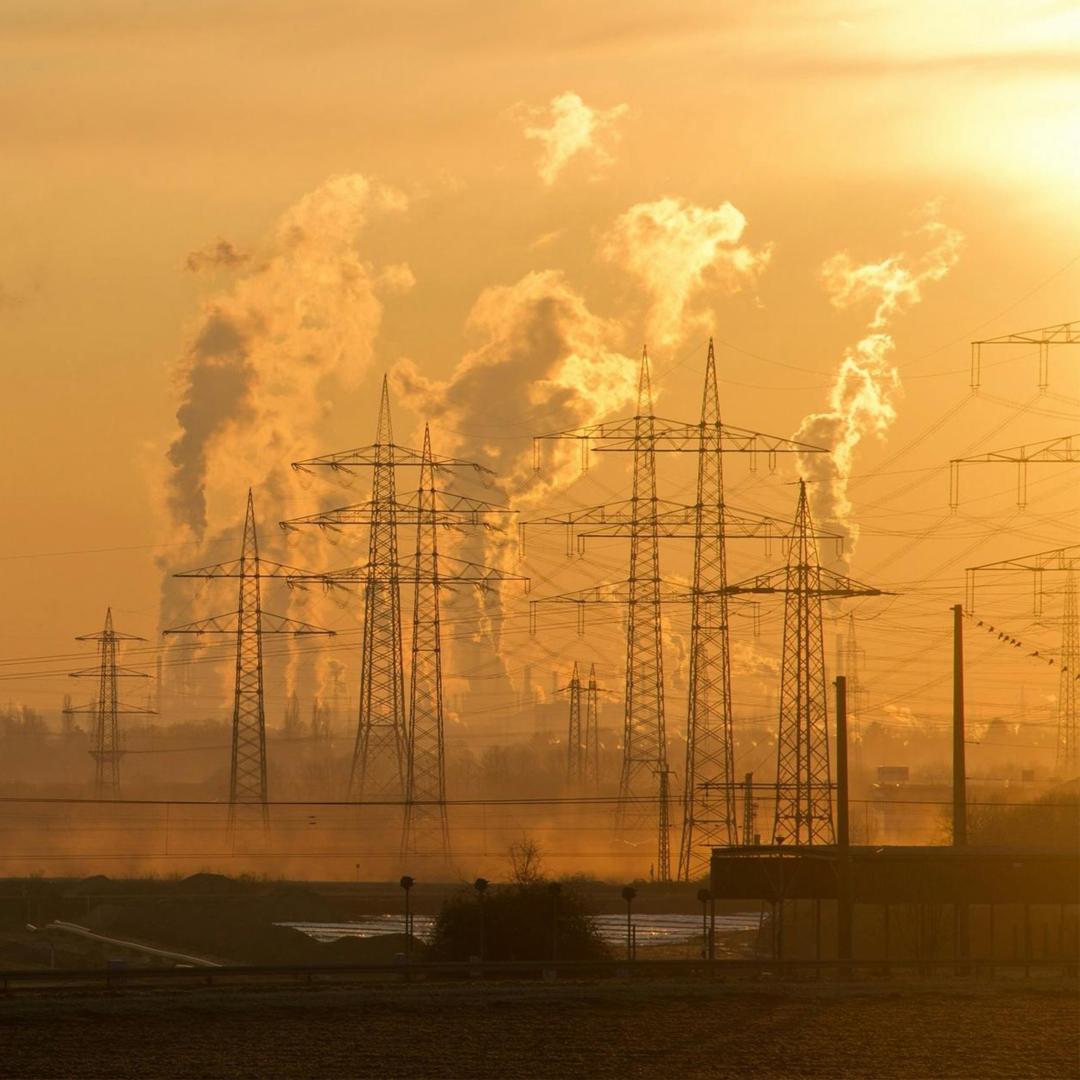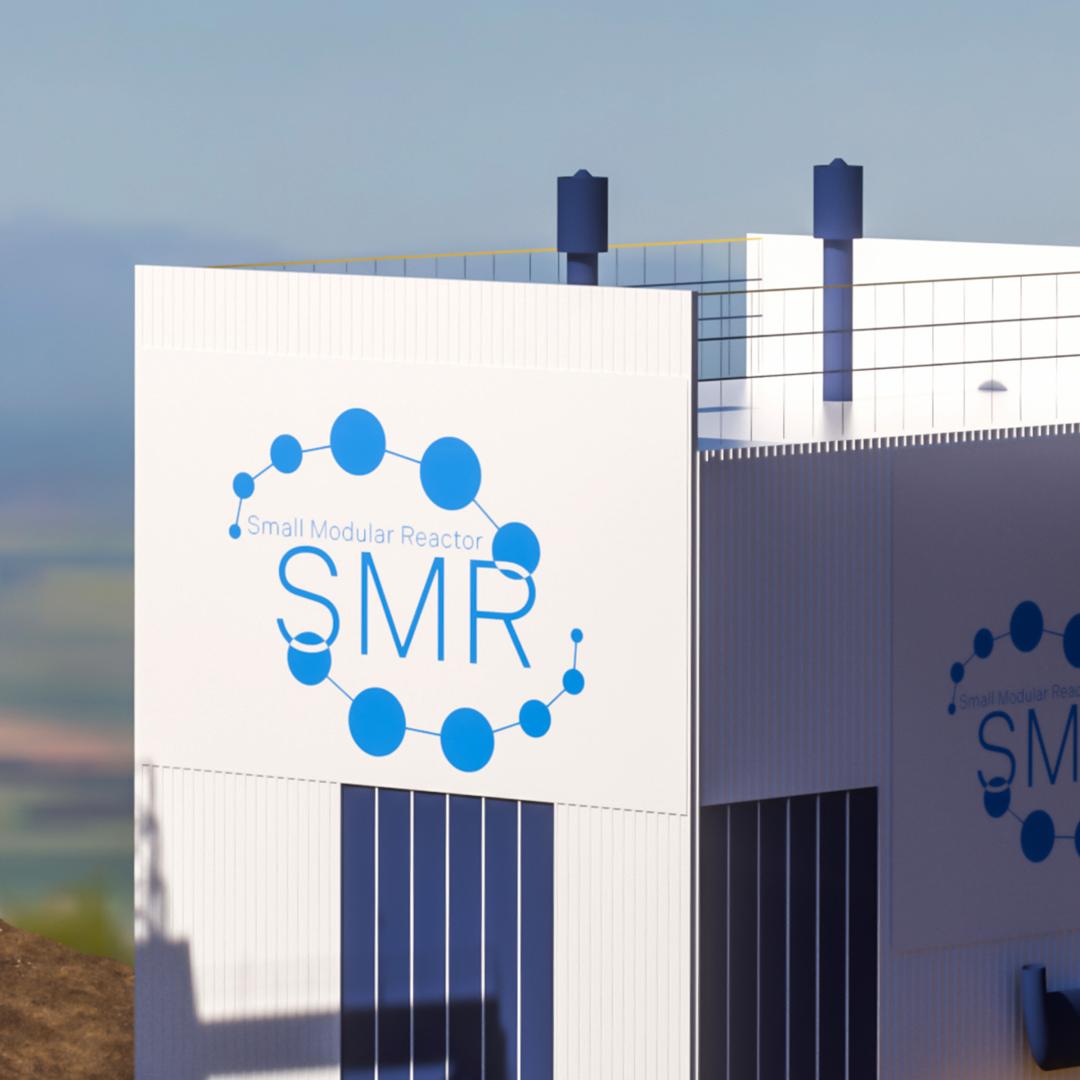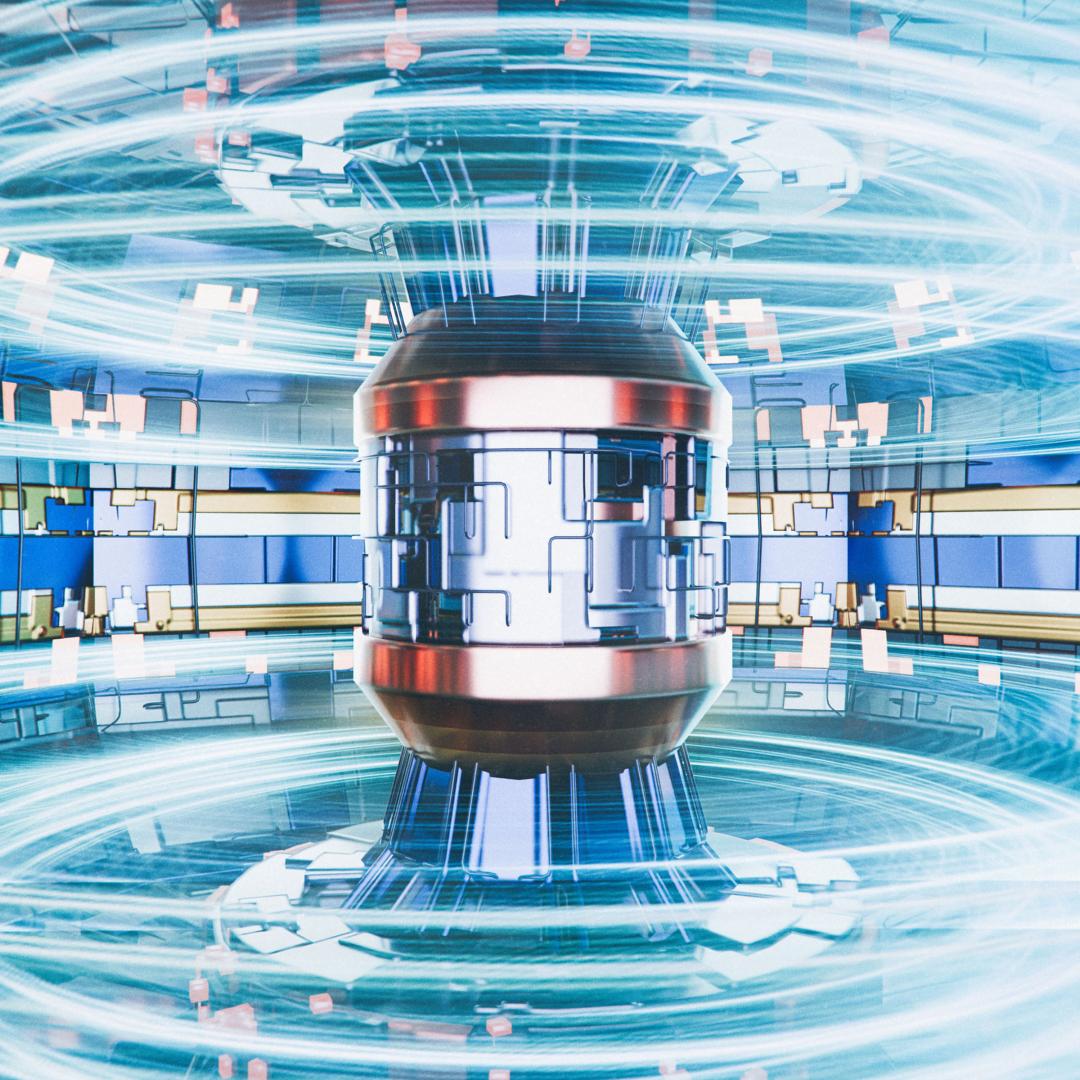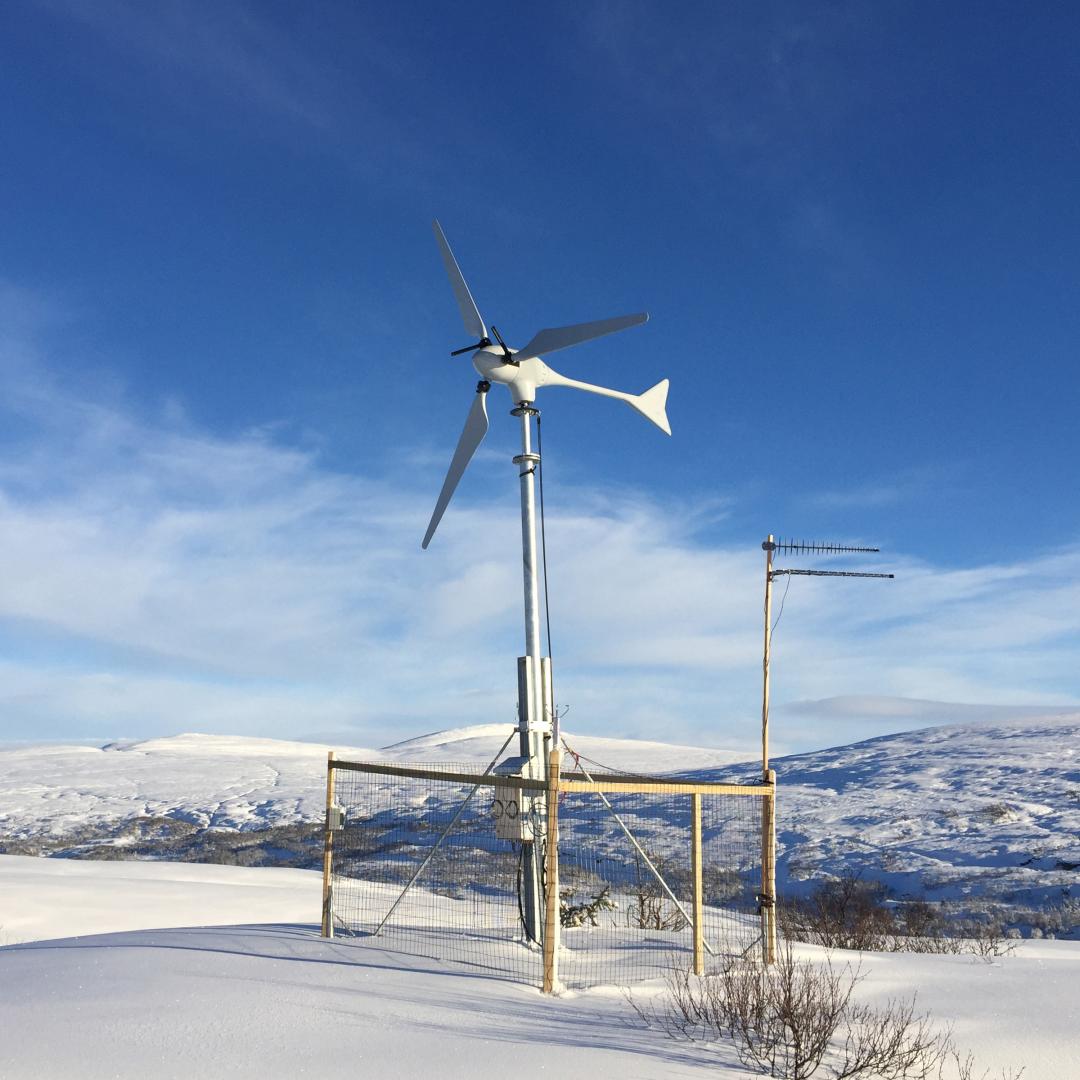Abdulla, A., Hanna, R., Schell, K. R., Babacan, O., & Victor, D. G. (2020). Explaining successful and failed investments in US carbon capture and storage using empirical and expert assessments. Environmental Research Letters, 16(1), 014036. Link to source: https://iopscience.iop.org/article/10.1088/1748-9326/abd19e?trk=public_post_comment-text
Caesary, D., Kim, H., & Nam, M. J. (2025). Cost effectiveness of carbon capture and storage based on probability estimation of social cost of carbon. Applied Energy, 377, 124542. Link to source: https://www.sciencedirect.com/science/article/abs/pii/S0306261924019251
Corcuera, E. G. T., & Petrakopoulou, F. (2025). Evaluating the impact of CO2 capture and storage on total efficiency: A lifecycle analysis. Cleaner Engineering and Technology, 101002. Evaluating the impact of CO2 capture and storage on total efficiency: A lifecycle analysis - ScienceDirect
Dabbs, B., Anchondo, C., & Marshall, C. (2023) The complete guide to CCS and the EPA power plant rule. Energywire, E&E News, May 10, 2023. The complete guide to CCS and the EPA power plant rule - E&E News by POLITICO
Drugman, D. (2023) Big Oil’s Been Secretly Validating Critics’ Concerns about Carbon Capture. DeSmog. Big Oil’s Been Secretly Validating Critics’ Concerns about Carbon Capture - DeSmog
Durmaz, T. (2018). The economics of CCS: Why have CCS technologies not had an international breakthrough?. Renewable and Sustainable Energy Reviews, 95, 328-340. The economics of CCS: Why have CCS technologies not had an international breakthrough? - ScienceDirect
Gibbons, B. (2024) In Illinois, a massive taxpayer-funded carbon capture project fails to capture about 90 percent of plant’s emissions. Oil and Gas Watch, Environmental Integrity Project. Link to source: https://news.oilandgaswatch.org/post/in-illinois-a-massive-taxpayer-funded-carbon-capture-project-fails-to-capture-about-90-percent-of-plants-emissions
Gonzales, V., Krupnick, A. and Dunlap, L. (2020) Carbon Capture and Storage 101. Resources for the Future. Link to source: https://media.rff.org/documents/CCS_101.pdf
Grubert, E., & Sawyer, F. (2023). US power sector carbon capture and storage under the Inflation Reduction Act could be costly with limited or negative abatement potential. Environmental Research: Infrastructure and Sustainability, 3(1), 015008. Link to source: https://iopscience.iop.org/article/10.1088/2634-4505/acbed9
Gulden, L. E., & Harvey, C. (2025). Tracing sources of funds used to lobby the US government about carbon capture, use, and storage. Environmental Science & Policy, 171, 104171. Link to source: https://www.sciencedirect.com/science/article/pii/S146290112500187X
Guo, J. X., & Huang, C. (2020). Feasible roadmap for CCS retrofit of coal-based power plants to reduce Chinese carbon emissions by 2050. Applied Energy, 259, 114112. Link to source: https://www.sciencedirect.com/science/article/abs/pii/S0306261919317994
Herzog, H. & Krol, A. (2025) Carbon Capture. MIT Climate Portal. “Carbon Capture” Carbon Capture | MIT Climate Portal
Herzog, H. & MIT Climate Portal Writing Team. (2024) If a fossil fuel power plant uses carbon capture and storage, what percent of the energy it makes goes to the CCS equipment? MIT Climate Portal. If a fossil fuel power plant uses carbon capture and storage, what percent of the energy it makes goes to the CCS equipment? | MIT Climate Portal
Hiar. C. (2023) Oil companies want to remove carbon from the air — using taxpayer dollars. Climatewire, E&E News, July, 13, 2023. Oil companies want to remove carbon from the air — using taxpayer dollars - E&E News by POLITICO
International Energy Agency (2020) The role of CCUS in low-carbon power systems. The role of CCUS in low-carbon power systems. subsection How carbon capture technologies support the power transition – The role of CCUS in low-carbon power systems – Analysis - IEA
International Energy Agency (2023). Emissions from Oil and Gas Operations in Net Zero Transitions: A World Energy Outlook Special Report on the Oil and Gas Industry and COP28. Link to source: https://iea.blob.core.windows.net/assets/2f65984e-73ee-40ba-a4d5-bb2e2c94cecb/EmissionsfromOilandGasOperationinNetZeroTransitions.pdf
International Energy Agency (2025) Global Energy Review 2025: CO2 Emissions. CO2 Emissions – Global Energy Review 2025 – Analysis - IEA
Jacobson, M. Z., Fu, D., Sambor, D. J., & Muhlbauer, A. (2025). Energy, health, and climate costs of carbon-capture and direct-air-capture versus 100%-wind-water-solar climate policies in 149 countries. Environmental Science & Technology, 59(6), 3034-3045. Energy, Health, and Climate Costs of Carbon-Capture and Direct-Air-Capture versus 100%-Wind-Water-Solar Climate Policies in 149 Countries | Environmental Science & Technology
Jacobson, M. Z. (2019). The health and climate impacts of carbon capture and direct air capture. Energy & Environmental Science, 12(12), 3567-3574. The health and climate impacts of carbon capture and direct air capture
Liu, S., Li, H., Zhang, K., & Lau, H. C. (2022). Techno-economic analysis of using carbon capture and storage (CCS) in decarbonizing China's coal-fired power plants. Journal of Cleaner Production, 351, 131384. Techno-economic analysis of using carbon capture and storage (CCS) in decarbonizing China's coal-fired power plants - ScienceDirect
Loria, P., & Bright, M. B. (2021). Lessons captured from 50 years of CCS projects. The Electricity Journal, 34(7), 106998. Link to source: https://www.sciencedirect.com/science/article/abs/pii/S1040619021000890
Ma, J., Li, L., Wang, H., Du, Y., Ma, J., Zhang, X., & Wang, Z. (2022). Carbon capture and storage: history and the road ahead. Engineering, 14, 33-43. Carbon Capture and Storage: History and the Road Ahead - ScienceDirect
Mackler, S., Fishman, X., & Broberg, D. (2021). A policy agenda for gigaton-scale carbon management. The Electricity Journal, 34(7), 106999. A policy agenda for gigaton-scale carbon management - ScienceDirect
National Energy Technology Laboratory. (2018). Carbon Capture and Storage Database (Washington, DC: U.S. Department of Energy). Link to source: https://netl.doe.gov/carbon-management/carbon-storage/worldwide-ccs-database
Osman, A. I., Hefny, M., Abdel Maksoud, M. I. A., Elgarahy, A. M., & Rooney, D. W. (2021). Recent advances in carbon capture storage and utilisation technologies: a review. Environmental Chemistry Letters, 19(2), 797-849. Recent advances in carbon capture storage and utilisation technologies: a review
Patel, S. (2024) Capturing Progress: The State of CCS in the Power Sector. POWER Magazine. Link to source: https://www.powermag.com/capturing-progress-the-state-of-ccs-in-the-power-sector/
Peridas, G., & Schmidt, B. M. (2021). The role of carbon capture and storage in the race to carbon neutrality. The Electricity Journal, 34(7), 106996. Link to source: https://www.sciencedirect.com/science/article/pii/S1040619021000877
Rathi, A. K. A., & Rathi, J. A. (2025). CO2 capture: a concise, comprehensive overview of recent research trends. Academia Environmental Sciences and Sustainability, 2(2). Rathi and Rathi 2025 CO2_capture_a_concise_comprehensive_overview.pdf
Scott, M. & Slavin, T. (2023) Fossil-fuel industry embrace raises alarm bells over direct air capture. Reuters, October 10, 2023. Fossil-fuel industry embrace raises alarm bells over direct air capture | Reuters
Singh, S. P., Ku, A. Y., Macdowell, N., & Cao, C. (2022). Profitability and the use of flexible CO2 capture and storage (CCS) in the transition to decarbonized electricity systems. International Journal of Greenhouse Gas Control, 120, 103767. Profitability and the use of flexible CO2 capture and storage (CCS) in the transition to decarbonized electricity systems - ScienceDirect
Stephens, J. C. (2014). Time to stop investing in carbon capture and storage and reduce government subsidies of fossil‐fuels. Wiley Interdisciplinary Reviews: Climate Change, 5(2), 169-173. Time to stop investing in carbon capture and storage and reduce government subsidies of fossil‐fuels - Stephens - 2014 - WIREs Climate Change - Wiley Online Library
Wang, N., Akimoto, K., & Nemet, G. F. (2021). What went wrong? Learning from three decades of carbon capture, utilization and sequestration (CCUS) pilot and demonstration projects. Energy Policy, 158, 112546. What went wrong? Learning from three decades of carbon capture, utilization and sequestration (CCUS) pilot and demonstration projects - ScienceDirect

